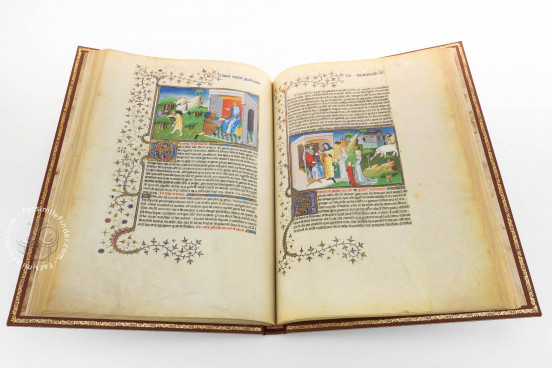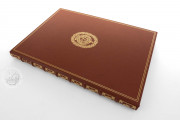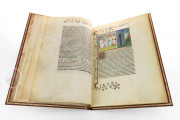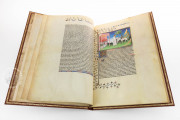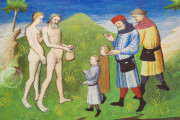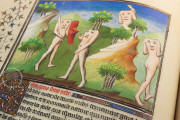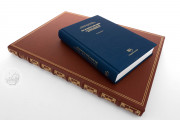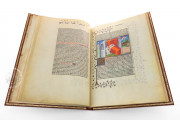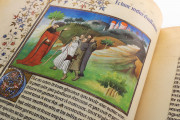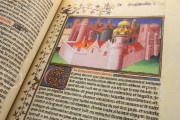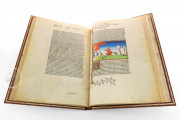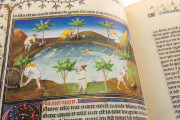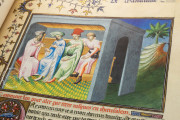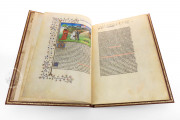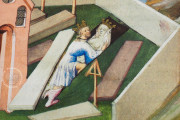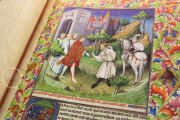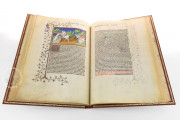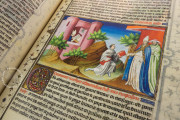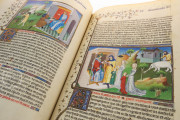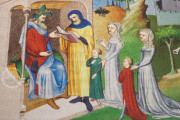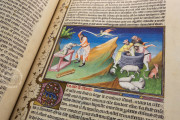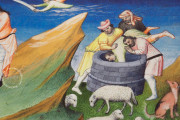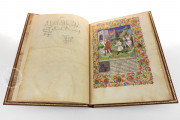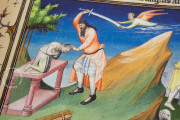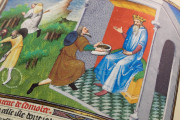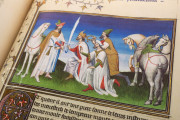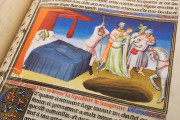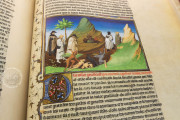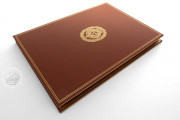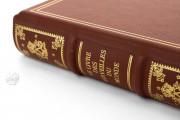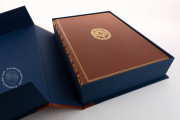The Travels of Jean de Mandeville is one of the most exquisite examples of Gothic book illumination from northern France. The codex, also known as Le Livre des Voyages de Jean de Mandeville, was written and illuminated in the first quarter of the fifteenth century in Paris and it features 74 lavishly illuminated miniatures, some of which are attributed to the Master of the Mazarine Hours (in French, Maître de la Mazarine). With its combination of vivid and pastel colors, together with the shimmering details in gold, the manuscript is a superb example of Parisian book painting production.
Written in Middle French, the author of the manuscript identifies himself with one Jean de Mandeville, an alleged knight who, after 30 years of traveling the world, returns home and recounts all the things and places he saw.
The Work of Three Masters
In terms of iconographic apparatus, the miniatures accompany the text of the descriptions of his travels, which is presented in double columns of 40 lines each. The 74 miniatures are evidence of an almost unprecedented artistic excellence as they are the work of three talented artists, namely the Master of the Mazarine Hours, the Master of the Cité des dames, and the Egerton Master.
The three artists exhibit innovative art as the atypical subjects of the miniatures called on the artists to go against the fashion and art of the time which entailed realistic reproductions of reality, along with the three-dimensional technique which was developing in those years.
Miracles and Marvels Made Visible
They were called to represent subjects which had no visual reference, such as miracles and marvels. An example of the unrealistic world depicted in the Travels of John de Mandeville is the miniature on fol. 211v, which features half-animal half-human creatures, the so-called called Hippotames, and other fantastic animals such as griffons.
The artists show appreciation for vegetation almost ever-present and the details are rendered with delicate and fine brushes of gold. Furthermore, the small format miniatures are separated from the text by thinly made golden panels which frame the scene, providing further light to the illustration.
There is no attempt at rendering three dimensional perspective, however, the artists indulge with the border decorations. Fol. 151r exhibits a superb example of vine-stem technique, with borders characterized by elongated vine-stems featuring stylised foliage, in blue and red, intermixed with gleaming gold-leaf ornamentation.
Oddities of the Travels of John de Mandeville
The manuscript is today known also as MS Français 2810, which includes other codices such as Marco Polo – the Book of Wonders, and a few others, all related for their subjects which deal with travelling literature. The manuscript of Travels of Jean de Mandeville occupies only a part, that is fols. 141r - 225v.
Produced between 1410 and 1412, the Travels of Jean de Mandeville is probably the work of the Benedictine monk by the name Jean d’Ypres (Jean le Long), who possibly lied behind the pseudonym of Jean de Mandeville.
Gothic Textura Script
The manuscript of Travels of Jean de Mandeville exhibits an exquisite example of Gothic script, namely Gothic Textura. Typical of the script are the two forms of r, sharp, straight, angular lines, and bitings (overlapping bows are joined by an upright stroke).
Signs of Ownership
Due to political reasons, Philip the Good, Duke of Burgundy, had to separate from this superb manuscript, donating it to his uncle Jean de Berry in the year 1413. Part of the duke’s collection, the codex was then provided with the emblem of de Berry.
Passed onto his great-grandson Jacques d’Armagnac, the book was supplied with an additional miniature. Other owners of the book were Charles d’Angoulême and his son Francis I, through whom the book passed to the Royal Library, today known under the name of National Library of France.
We have 1 facsimile edition of the manuscript "Travels of Sir Jean de Mandeville": Reisen des Ritters Jean de Mandeville facsimile edition, published by Mueller & Schindler, 2017
Request Info / Price

